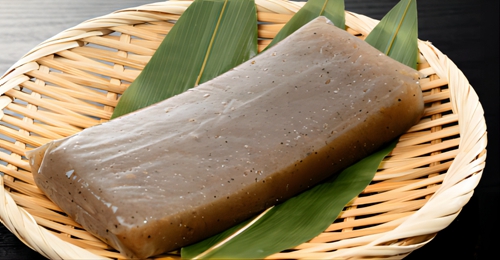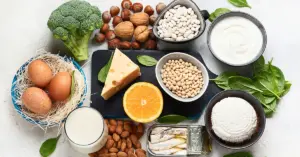Introduction
Dietary fiber is a crucial component of a healthy diet, known for its role in supporting digestive health, aiding in weight management, and providing numerous other health benefits. Unlike other carbohydrates, fiber is not digested by the body, allowing it to move relatively intact through the stomach, small intestine, and colon.
Definition of Dietary Fiber: Dietary fiber includes the parts of plant foods that the body can’t digest or absorb. It is categorized into two main groups: soluble fiber, which dissolves in water and can form a gel-like substance, and insoluble fiber, which doesn’t dissolve.
Importance of Fiber in the Diet: Fiber plays a vital role in maintaining a healthy digestive system. By increasing stool bulk and softening it, fiber helps prevent constipation. It also lowers the risk of developing chronic conditions such as heart disease, diabetes, and certain types of cancer. High-fiber diets contribute to feeling full, which can help in weight management.
What is Soluble Fiber?
Soluble fiber is a type of dietary fiber that dissolves in water, forming a gel-like substance in the gut. It’s found in a variety of foods and has particular characteristics and benefits that set it apart from its counterpart, insoluble fiber.
Definition: Soluble fiber is made up of carbohydrates that dissolve in water. Upon dissolving, it creates a viscous, gel-like substance that slows down the digestion process, allowing for the gradual absorption of nutrients.
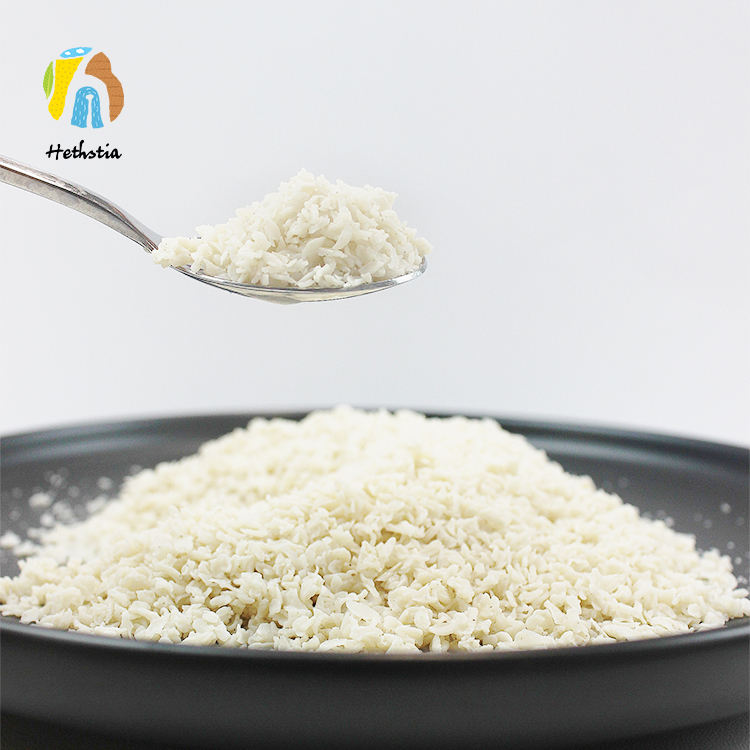
Benefits to Health:
-
- Digestive Health: Insoluble fiber is vital for maintaining regular bowel movements and preventing constipation. It adds bulk to the stool and can help food and waste pass more quickly through the stomach and intestines.
-
- Weight Management: By adding volume to the diet without adding calories, insoluble fiber can contribute to feelings of fullness. This may assist in weight control by reducing overeating.
- Cancer Prevention: Some studies have suggested that insoluble fiber may lower the risk of certain types of cancer, including colorectal cancer. This may be due to its role in moving waste through the digestive system more efficiently.
Examples of Foods High in Insoluble Fiber:
-
- Whole Grains: Foods such as whole wheat, brown rice, and bran are rich in insoluble fiber, supporting digestive regularity.
-
- Vegetables: Many vegetables, including carrots, celery, and broccoli, contain abundant insoluble fiber, adding to both texture and nutrition in the diet.
-
- Nuts and Seeds: These are tasty sources of insoluble fiber, making them excellent snack options for those looking to increase their fiber intake.
-
- Skin of Fruits: The skin of fruits like grapes and tomatoes often contains insoluble fiber, providing a good reason not to peel them.
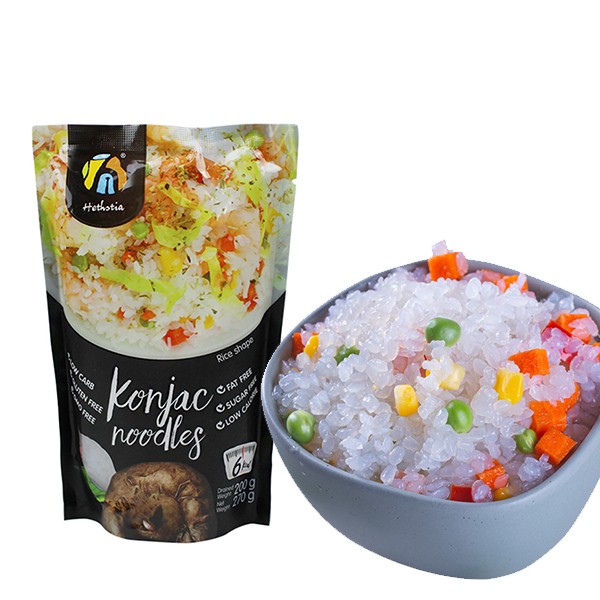
What is Fiber Food?
The term “fiber food” refers to any food item that contains a significant amount of dietary fiber. This section explores what constitutes a fiber food, how it connects with overall dietary choices, and offers suggestions for incorporating more fiber into daily meals.
Understanding Fiber Food:
Fiber food is not just a single food or category but encompasses a wide variety of plant-based foods rich in dietary fiber. These foods contain either soluble, insoluble fiber, or often a mixture of both, and are essential for a balanced and healthy diet.
Connection Between Fiber Food and Overall Dietary Choices:
Fiber-rich foods are naturally nutritious and often packed with essential vitamins, minerals, and antioxidants. They are typically lower in unhealthy fats and added sugars, making them key components of heart-healthy and weight-conscious dietary patterns. High-fiber foods also align with many dietary philosophies, including vegetarian, vegan, and Mediterranean diets.
Suggestions for Incorporating More Fiber into Daily Meals:
-
- Start with Breakfast: Choose whole-grain cereals, oatmeal, or whole-grain toast to kickstart the day with fiber.
-
- Snack Wisely: Opt for raw vegetables, fruits, or a handful of nuts for satisfying and fiber-rich snacks.
-
- Add Legumes to Meals: Beans and lentils can be added to salads, soups, or stews for a fiber boost.
-
- Choose Whole Grains: Replace refined grains with whole grains like brown rice, whole wheat pasta, and whole grain bread.
-
- Include Konjac: With its exceptional fiber content, konjac can be a unique addition to meals. It is available in various forms, such as noodles, and can be used in a wide range of dishes.
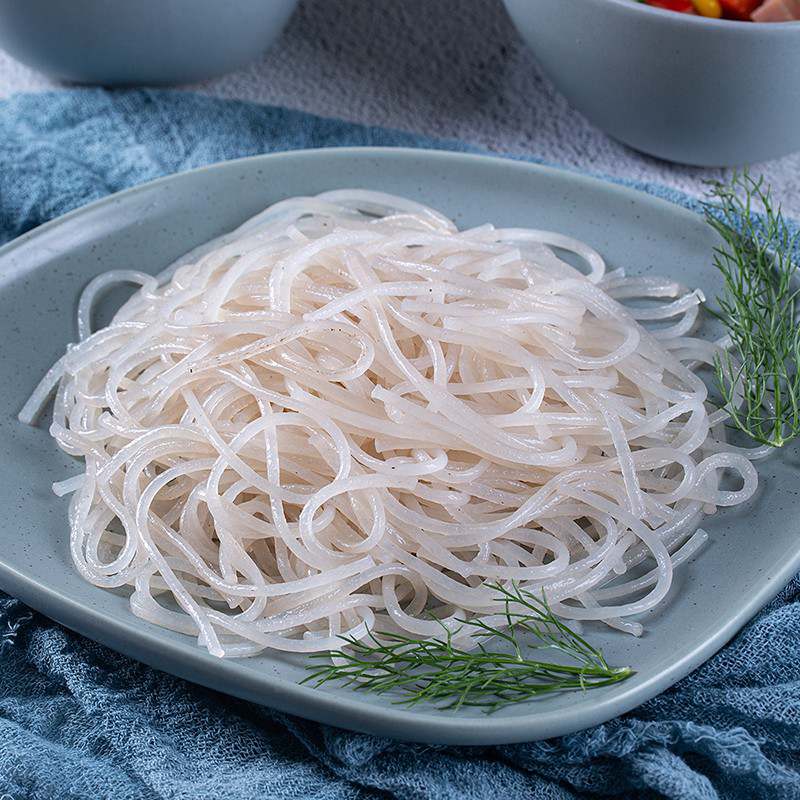
Conclusion
Dietary fiber, found in a diverse array of foods, is an indispensable part of a healthy diet. Through the exploration of soluble and insoluble fibers, we’ve highlighted the specific benefits and sources of each type. From regulating cholesterol and blood sugar levels to promoting digestive health and weight management, fiber’s impact on well-being is profound.
Key Points Recap:
-
- Soluble Fiber: Dissolves in water, forming a gel-like substance, and is beneficial for heart health, blood sugar control, and gut health. Foods rich in soluble fiber include oats, legumes, certain fruits, and notably, konjac.
-
- Insoluble Fiber: Does not dissolve in water, aids in digestion, and may help in weight management and cancer prevention. Sources include whole grains, vegetables, nuts, and seeds.
- Fiber Food: Encompasses a wide variety of plant-based foods that contain significant amounts of dietary fiber. These foods can be incorporated into meals in diverse and delicious ways, aligning with various dietary preferences.
Emphasizing the Importance of Balanced Consumption: Balanced consumption of both soluble and insoluble fibers is essential for overall health. Whether enjoying a bowl of oatmeal, a plate of whole-grain pasta, or experimenting with konjac in a culinary dish, the options are vast and satisfying.
Encouragement to Explore High-Fiber Foods: The wealth of high-fiber foods available, including the unique konjac, allows for creativity and enjoyment in the kitchen. By embracing a diet rich in fiber, individuals are taking a positive step towards a more balanced and healthy lifestyle.
-
- Oats and Barley: These grains are excellent sources of soluble fiber, known for their cholesterol-lowering effects.
-
- Legumes: Beans, lentils, and peas contain a substantial amount of soluble fiber, contributing to feelings of fullness and aiding in blood sugar control.
-
- Fruits: Certain fruits such as apples, pears, and citrus fruits are rich in soluble fiber, providing a tasty way to enjoy its benefits.
- Konjac: A lesser-known but highly effective source of soluble fiber, konjac is derived from the root of the konjac plant. It is often used in Asian cuisine and has become popular in the West for its impressive fiber content.
What is Insoluble Fiber?
Insoluble fiber is the other primary type of dietary fiber. Unlike soluble fiber, which dissolves in water, insoluble fiber does not dissolve or form a gel-like substance. It passes through the digestive system largely intact, offering unique health benefits.
Definition: Insoluble fiber consists of plant materials that resist dissolution in water. It doesn’t change form as it passes through the digestive system, helping to add bulk to the stools and facilitating regular bowel movements.
Benefits to Health:
-
- Digestive Health: Insoluble fiber is vital for maintaining regular bowel movements and preventing constipation. It adds bulk to the stool and can help food and waste pass more quickly through the stomach and intestines.
-
- Weight Management: By adding volume to the diet without adding calories, insoluble fiber can contribute to feelings of fullness. This may assist in weight control by reducing overeating.
- Cancer Prevention: Some studies have suggested that insoluble fiber may lower the risk of certain types of cancer, including colorectal cancer. This may be due to its role in moving waste through the digestive system more efficiently.
Examples of Foods High in Insoluble Fiber:
-
- Whole Grains: Foods such as whole wheat, brown rice, and bran are rich in insoluble fiber, supporting digestive regularity.
-
- Vegetables: Many vegetables, including carrots, celery, and broccoli, contain abundant insoluble fiber, adding to both texture and nutrition in the diet.
-
- Nuts and Seeds: These are tasty sources of insoluble fiber, making them excellent snack options for those looking to increase their fiber intake.
-
- Skin of Fruits: The skin of fruits like grapes and tomatoes often contains insoluble fiber, providing a good reason not to peel them.

What is Fiber Food?
The term “fiber food” refers to any food item that contains a significant amount of dietary fiber. This section explores what constitutes a fiber food, how it connects with overall dietary choices, and offers suggestions for incorporating more fiber into daily meals.
Understanding Fiber Food:
Fiber food is not just a single food or category but encompasses a wide variety of plant-based foods rich in dietary fiber. These foods contain either soluble, insoluble fiber, or often a mixture of both, and are essential for a balanced and healthy diet.
Connection Between Fiber Food and Overall Dietary Choices:
Fiber-rich foods are naturally nutritious and often packed with essential vitamins, minerals, and antioxidants. They are typically lower in unhealthy fats and added sugars, making them key components of heart-healthy and weight-conscious dietary patterns. High-fiber foods also align with many dietary philosophies, including vegetarian, vegan, and Mediterranean diets.
Suggestions for Incorporating More Fiber into Daily Meals:
-
- Start with Breakfast: Choose whole-grain cereals, oatmeal, or whole-grain toast to kickstart the day with fiber.
-
- Snack Wisely: Opt for raw vegetables, fruits, or a handful of nuts for satisfying and fiber-rich snacks.
-
- Add Legumes to Meals: Beans and lentils can be added to salads, soups, or stews for a fiber boost.
-
- Choose Whole Grains: Replace refined grains with whole grains like brown rice, whole wheat pasta, and whole grain bread.
-
- Include Konjac: With its exceptional fiber content, konjac can be a unique addition to meals. It is available in various forms, such as noodles, and can be used in a wide range of dishes.

Conclusion
Dietary fiber, found in a diverse array of foods, is an indispensable part of a healthy diet. Through the exploration of soluble and insoluble fibers, we’ve highlighted the specific benefits and sources of each type. From regulating cholesterol and blood sugar levels to promoting digestive health and weight management, fiber’s impact on well-being is profound.
Key Points Recap:
-
- Soluble Fiber: Dissolves in water, forming a gel-like substance, and is beneficial for heart health, blood sugar control, and gut health. Foods rich in soluble fiber include oats, legumes, certain fruits, and notably, konjac.
-
- Insoluble Fiber: Does not dissolve in water, aids in digestion, and may help in weight management and cancer prevention. Sources include whole grains, vegetables, nuts, and seeds.
- Fiber Food: Encompasses a wide variety of plant-based foods that contain significant amounts of dietary fiber. These foods can be incorporated into meals in diverse and delicious ways, aligning with various dietary preferences.
Emphasizing the Importance of Balanced Consumption: Balanced consumption of both soluble and insoluble fibers is essential for overall health. Whether enjoying a bowl of oatmeal, a plate of whole-grain pasta, or experimenting with konjac in a culinary dish, the options are vast and satisfying.
Encouragement to Explore High-Fiber Foods: The wealth of high-fiber foods available, including the unique konjac, allows for creativity and enjoyment in the kitchen. By embracing a diet rich in fiber, individuals are taking a positive step towards a more balanced and healthy lifestyle.

